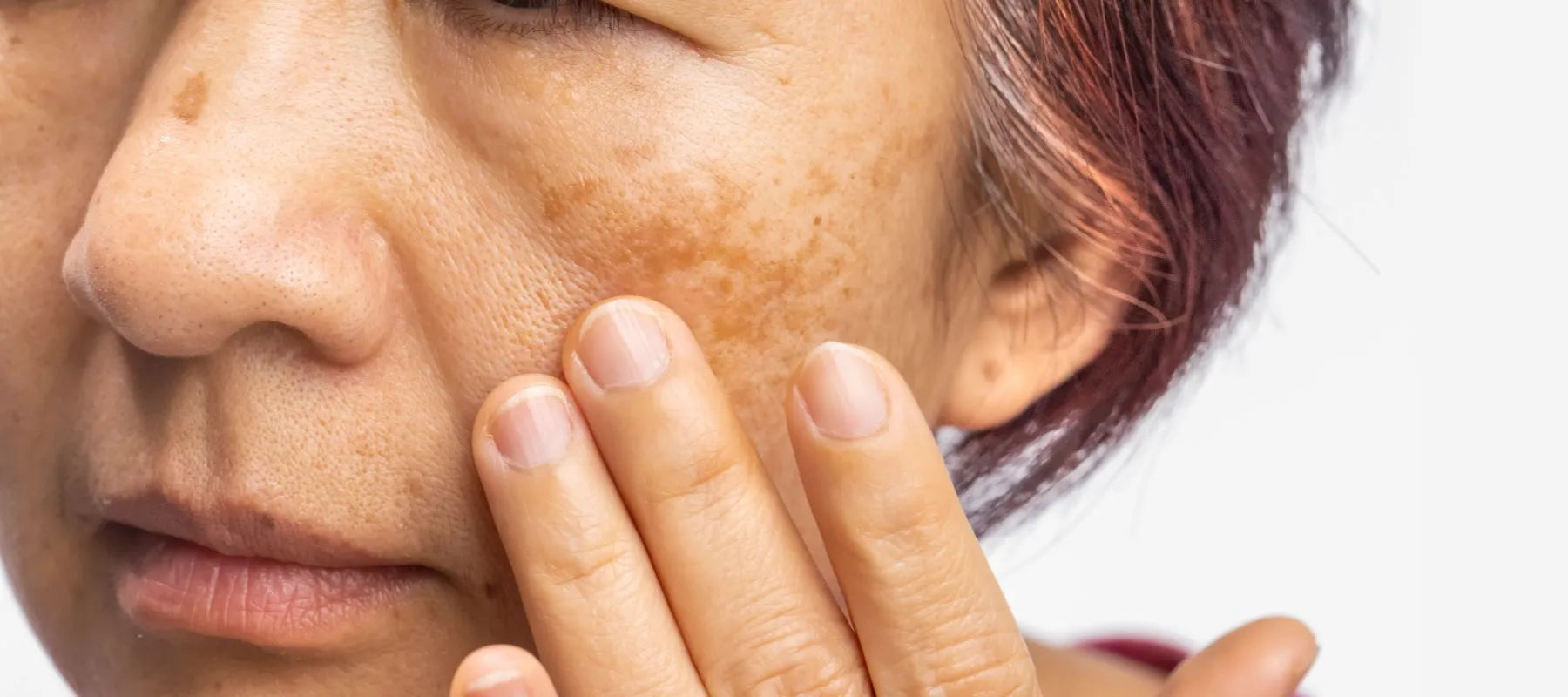
Broken skin on the face: Here's how you can tackle it
Did you know an epidemiological study found that 27.9% of men and 36.7% of women worldwide have sensitive skin? Skin prone to sensitivity can worsen, especially in winter when the cold air soaks out moisture, leading to broken skin on the face.
If your skin is flaky, rough, and dull, it is time for some good old TLC to hydrate it. But before discussing solutions, let us understand the root cause first!
Join us in this piece as we discuss keeping your face supple and dewy all year.
What is broken skin?
People get broken skin for various reasons, which mostly happens when your skin does not have enough oil and moisture.
In the medical world, dry skin is called xerosis or xeroderma. It usually happens when your skin stops producing enough sebum and the skin barrier is compromised. A lack of natural moisturisers like lactic acid, urea, or sugar may also cause it.
Additionally, cracked skin can also be caused due to underlying medical conditions, especially for people with diabetes. People with endocrine disorders of the thyroid are also susceptible to cracked skin.
It can affect anyone at any time, and the worst part is that it does not only affect the face. You can have this condition year-round, and it escalates during the winter months when the humidity plummets and the atmosphere becomes dry.
Besides this, dry skin is also common when:
- You swim in a pool of chlorinated water
- If you are exposed to cold winds
- Frequent use of harsh alkaline soaps
- If you are exposed to ACs and dry air on an aeroplane
- When you come in contact with irritants or allergens
- If you are someone who takes frequent hot showers
What are the causes of broken skin on the face?
The epidermis is the part of the skin that you see peeling or cracking. It is the thinnest outermost layer, which protects your skin from bacteria and germs.
Causes of broken and inflamed skin may be numerous. The primary one being
Skin damage
- Sunburns.
- Burns.
- Skin irritation from friction
Also read: Sun damaged skin: Identification, treatment, prevention
Skin conditions
- Dry skin
- Seborrheic dermatitis
- Edema
- Pemphigus
- Allergic reactions, including skin rashes, Stevens-Johnson syndrome, and contact dermatitis
- Athlete's foot and jock itch
- Skin diseases like psoriasis, eczema, and erythrodermic psoriasis.
Apart from this, other causes can be more serious like:
Genetic or inflammatory diseases
- Peeling skin syndrome.
- Kawasaki disease.
Infectious diseases
- Group A streptococcal infections
- Toxic shock syndrome
- Staph infections
Various treatments
- Anti-ageing treatments like chemical peels or retinol creams
- Cancer treatments
- Acne treatments
- Certain medications, vitamins, or supplements
What are the symptoms of broken and inflamed skin?
As discussed earlier, dry skin can occur anywhere in the body. However, certain areas are likely to become cracked, causing a host of issues that are not pleasant to deal with.
It happens gradually and progresses in a specific way:
Initially, the skin feels dry and may appear slightly rough. Although it might not cause much discomfort, your skin may appear dull and lifeless. Ignoring these signs will lead to the next stage, which is extremely dry skin.
Very dry skin is characterised by extreme tightness and itchiness. The surface of the skin may feel scaly and flaky. If proper care is still not taken, it may escalate to severe drying and infections.
Extremely dry skin looks lacklustre and feels rough, accompanied by severe itchiness. In extreme cases, the skin might crack open, leading to bleeding. Excessive dryness is caused by a lack of natural oils and moisture, making your skin extremely brittle.
As our face is exposed to the elements, it is most affected. The broken face skin can manifest in the form of symptoms like:
- Scaling
- Roughness of sandpaper-like skin
- Peeling
- Redness
- Warm cheeks
- Feeling flushed
- People with a darker complexion may look ashy
- Bleeding (rarely)
Apart from the face, it is particularly common in delicate areas like the lips or flexible areas like elbows and soles of the feet.
Also read: Inflamed skin on face: Meaning, causes, treatment
How to treat broken skin?
As moisture loss is the primary cause of dry skin, repairing the skin barrier and replenishing its moisture can heal broken skin. As simple as it sounds, one might still be confused while embracing an effective way, as there are many.
A rule of thumb is to keep the skin supple by slathering on a generous moisturiser several times daily. However, there are a plethora of variants available, including:
Creams
These rich and luscious products offer a less greasy feeling than ointments. Settle for a water-based ultralight formula that provides soft and hydrated skin. To cater to the needs of dry skin, a product that stands out in the market is the Waterlight Gel Moisturiser 72 Hour Hydration.
It contains ingredients like squalane, a hydrogenated stable molecule of squalene that locks in your skin's moisture. This emollient restores the lipid barrier of your skin and prevents transepidermal water loss, restoring the natural moisture level of your skin.
Alternatively, the Acne Care & Healing Gel Moisturiser with Tea Tree & Cica is another revolutionary product that gently hydrates and locks in moisture, keeping your skin barrier healthy.
Ointments
Products containing petroleum jelly can effectively treat dry skin as they seal the moisture in your skin. They also act as a barrier to keep particles out that irritate your skin.
Lotions
Finally, lotions are another option, but they are not as effective as the other two as they contain a lot of water. Once this water evaporates, your skin will feel dry again.
Conclusion
After looking at the various broken skin treatment options, choosing wisely before settling for a product is essential. Apart from the moisturisers, you can also adopt other methods like staying hydrated and using good sunscreen. Using a good humidifier and washing your face seldom are good practices you can follow. If you are facing complex issues, do not hesitate to contact a dermatologist for a customised consultation.





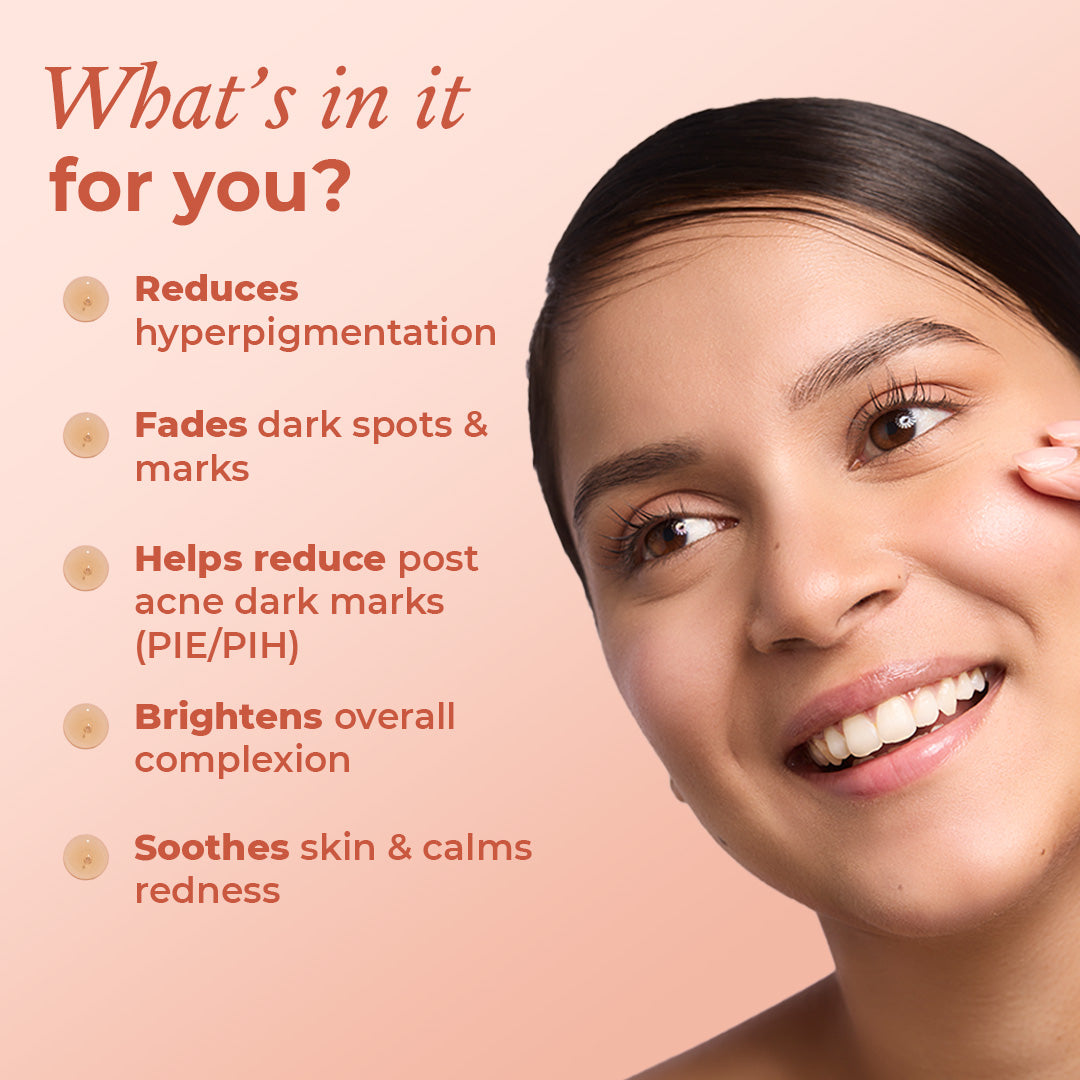


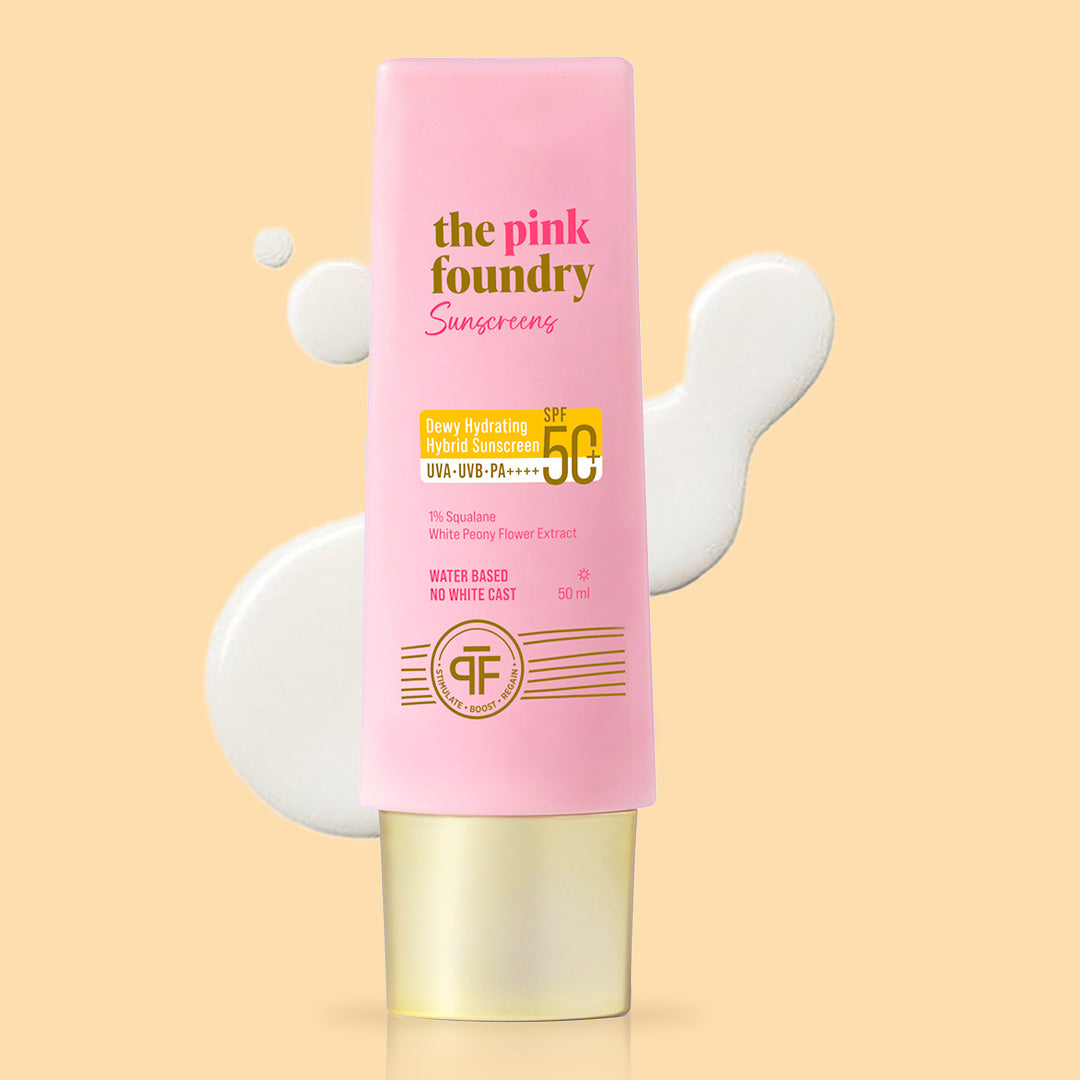

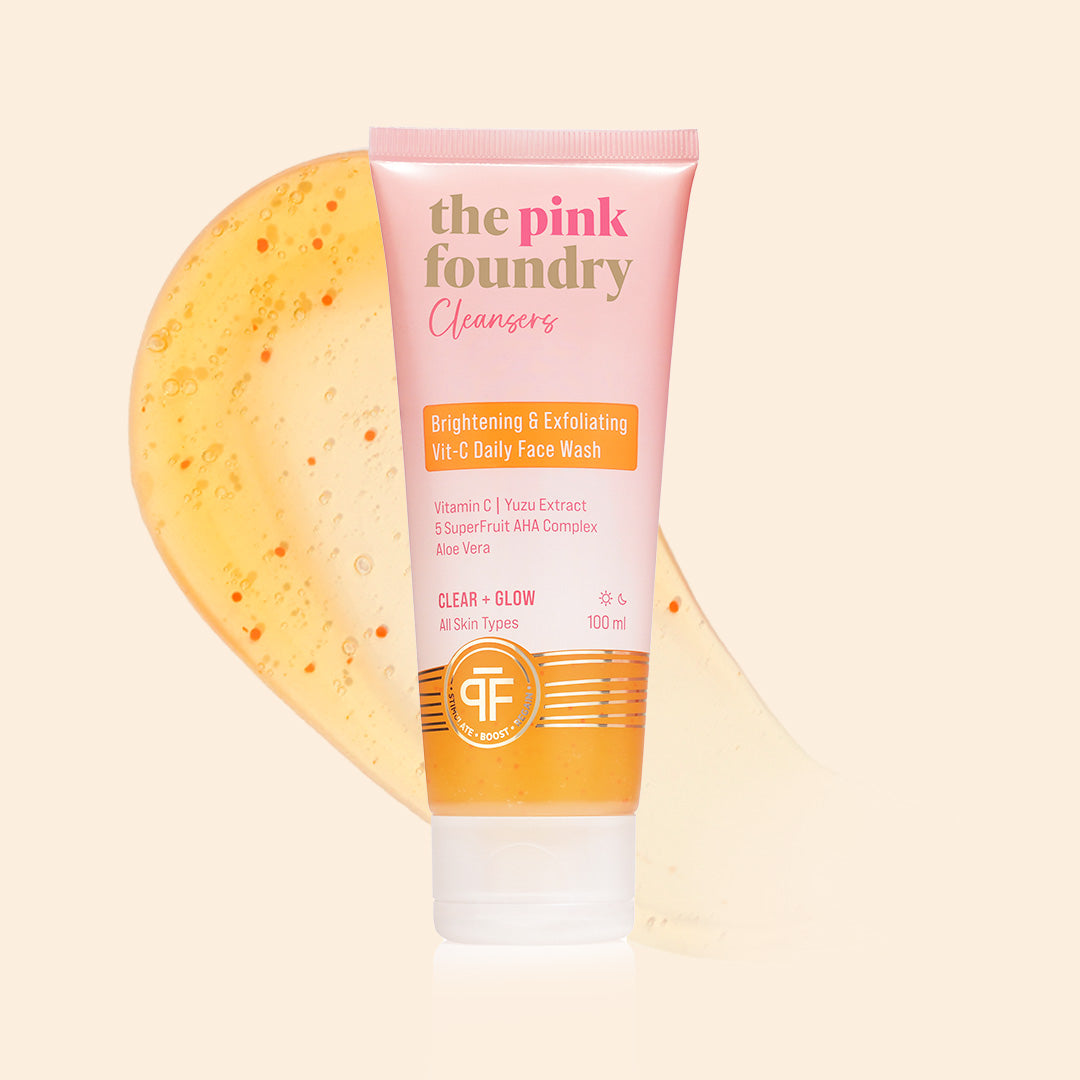
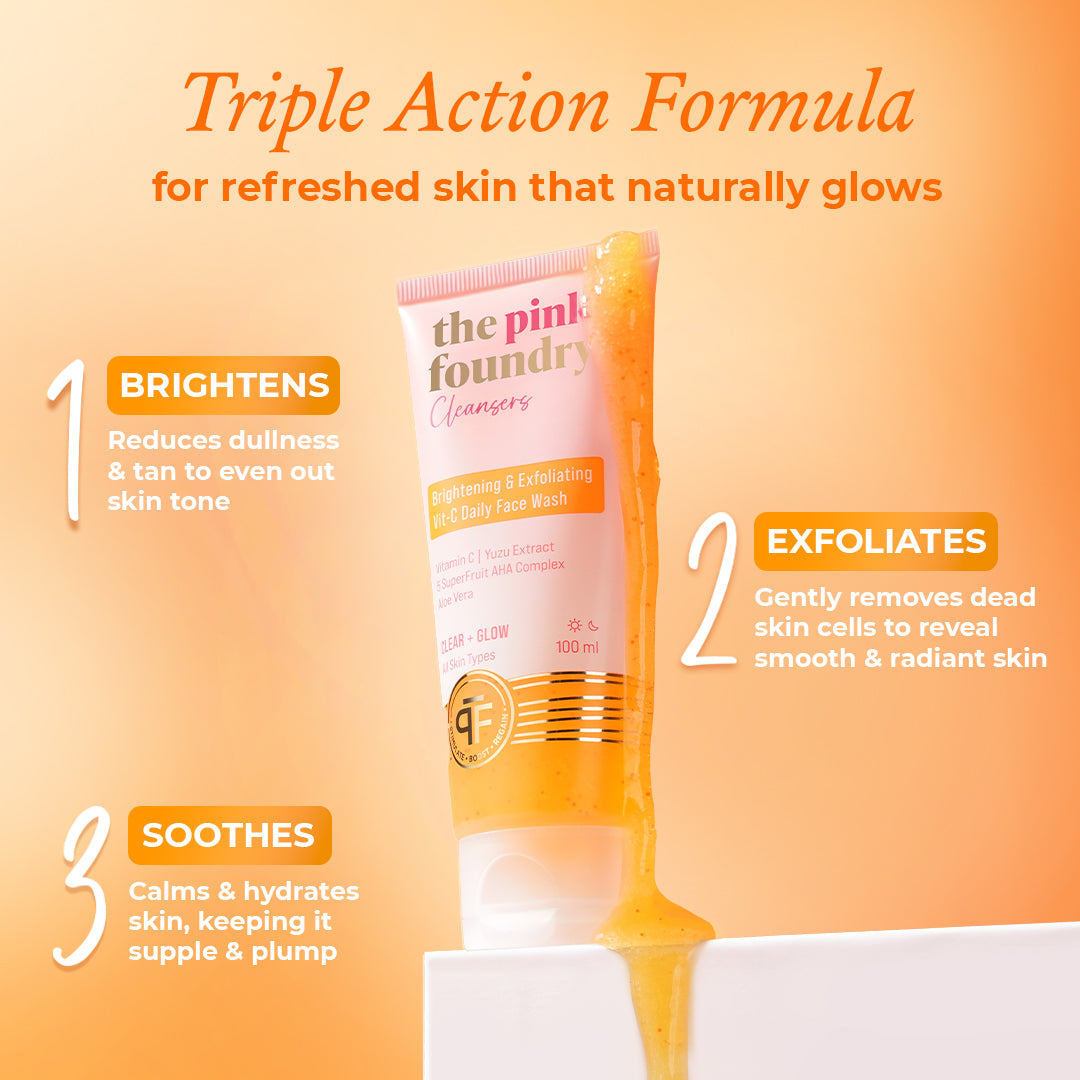
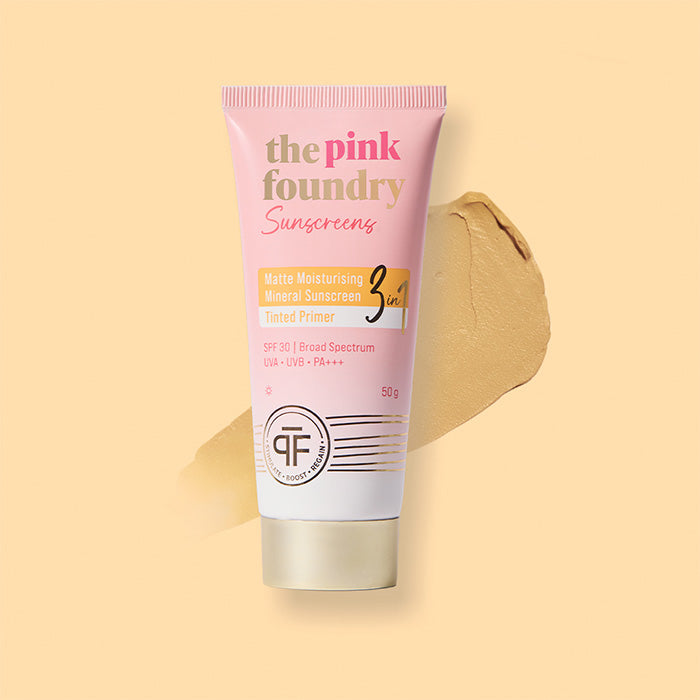
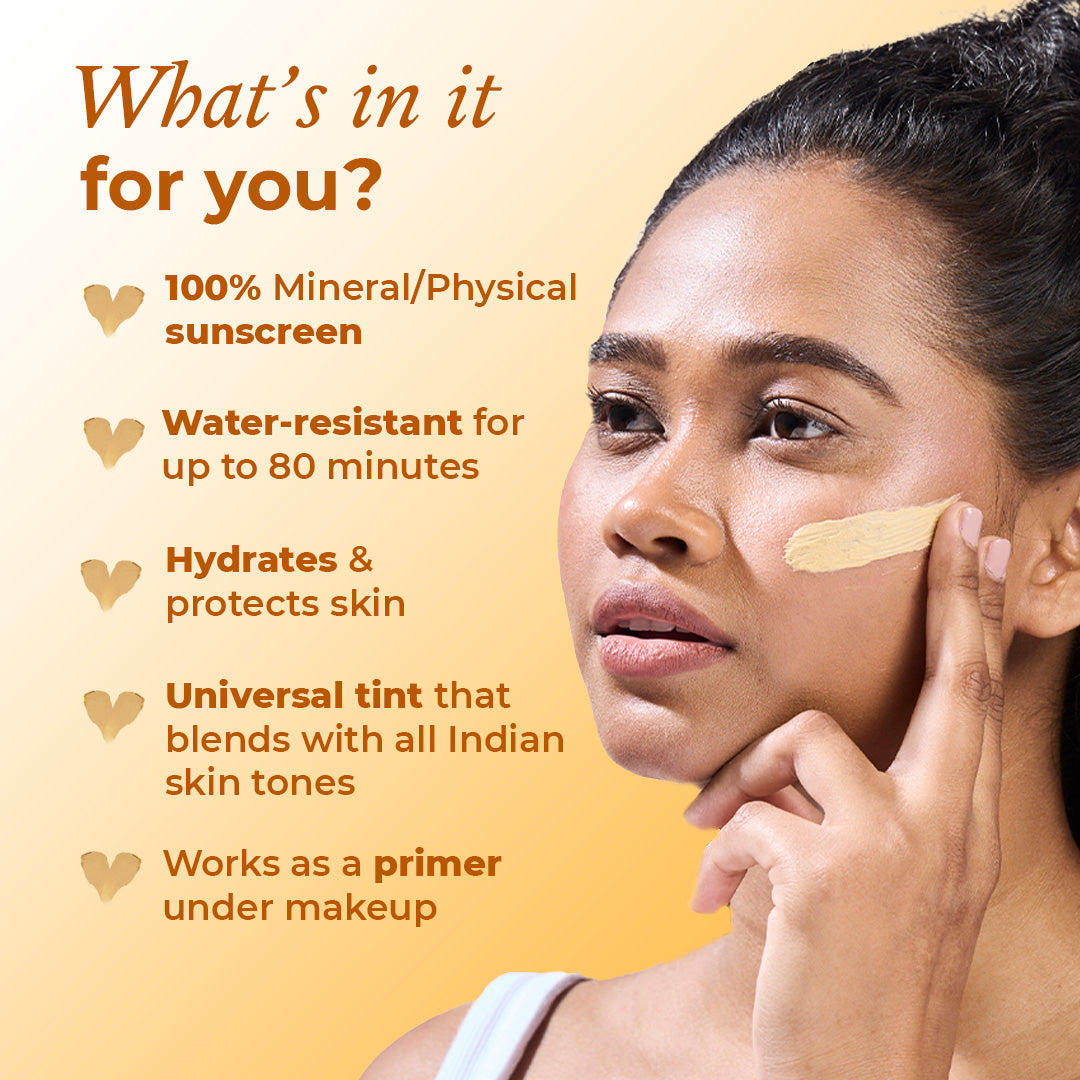
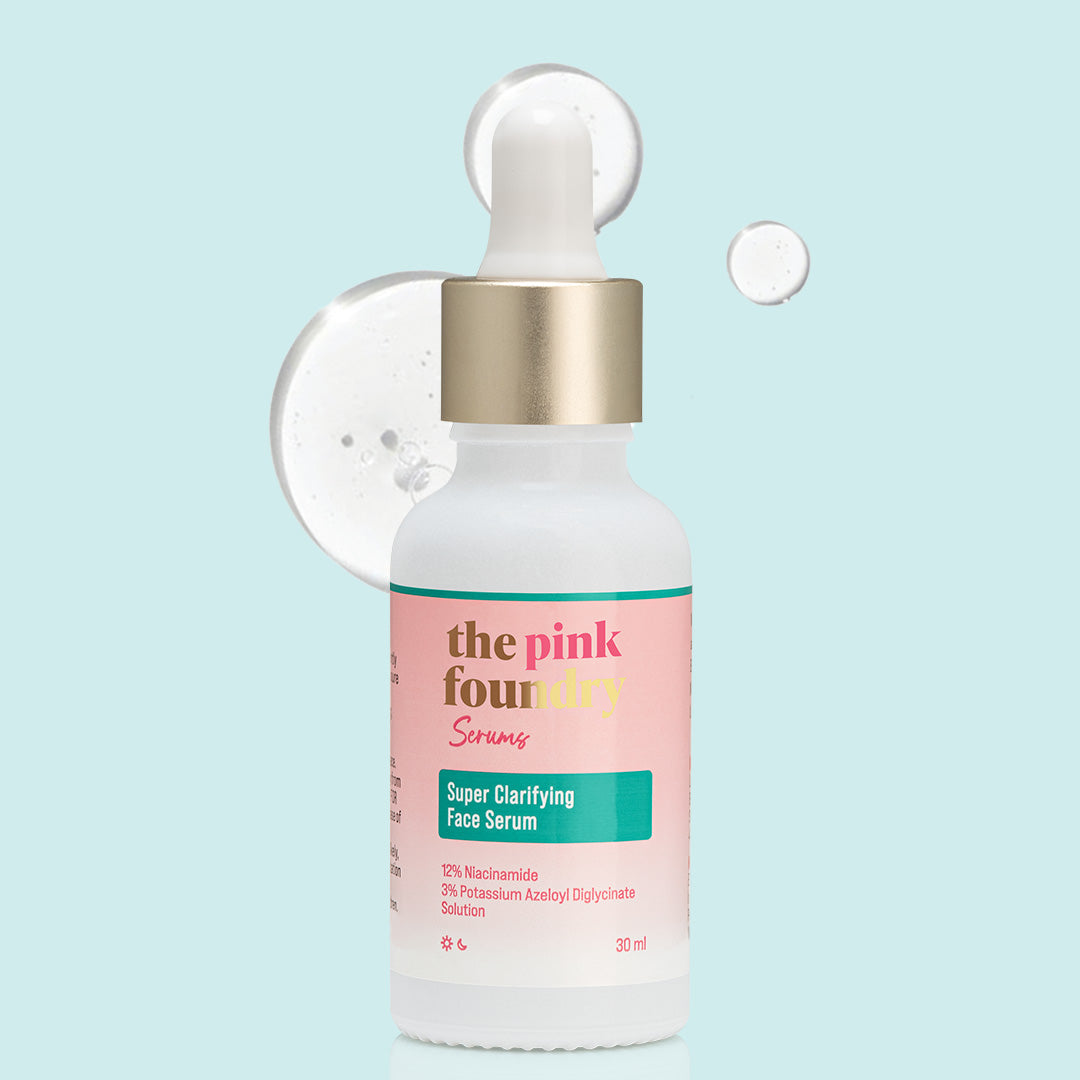
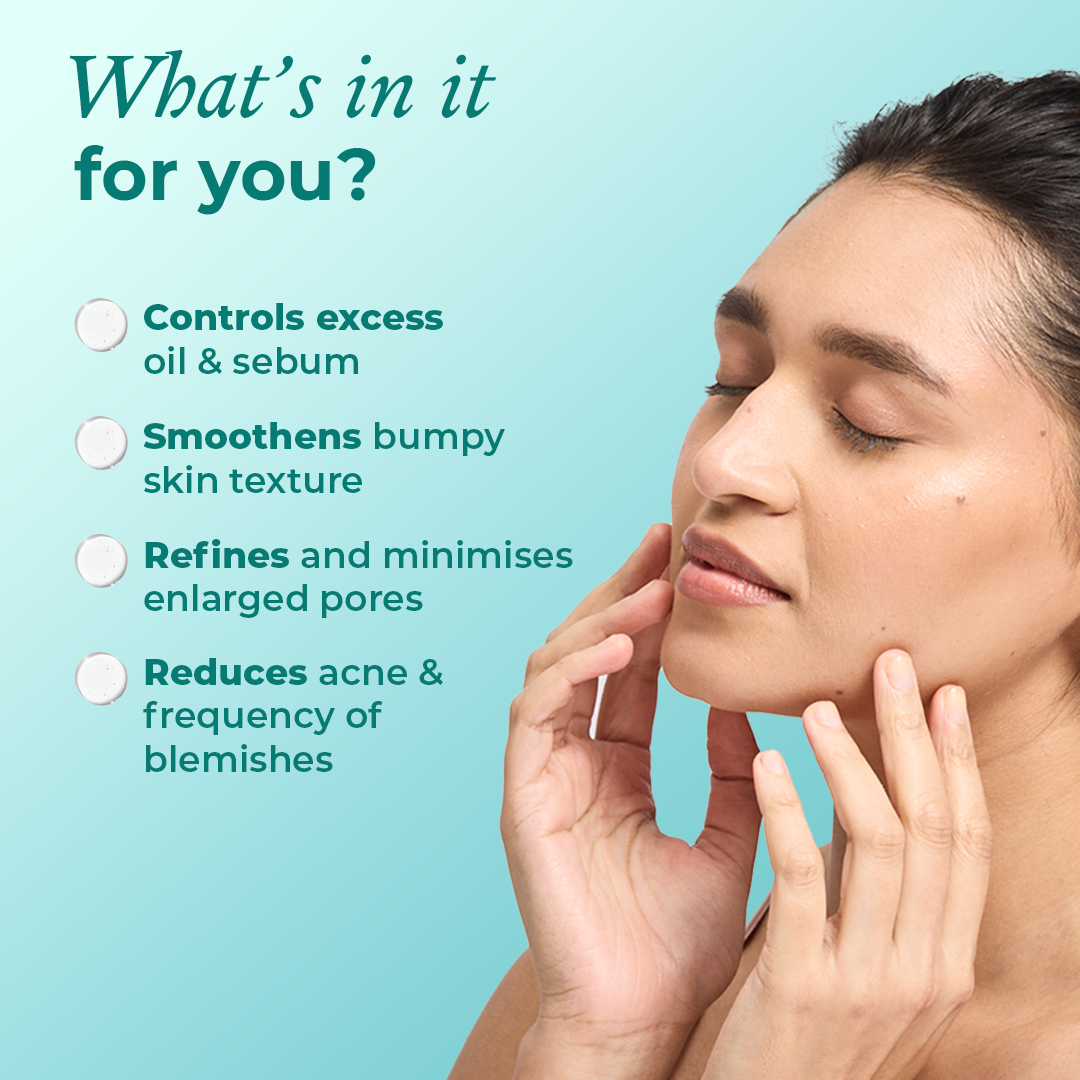

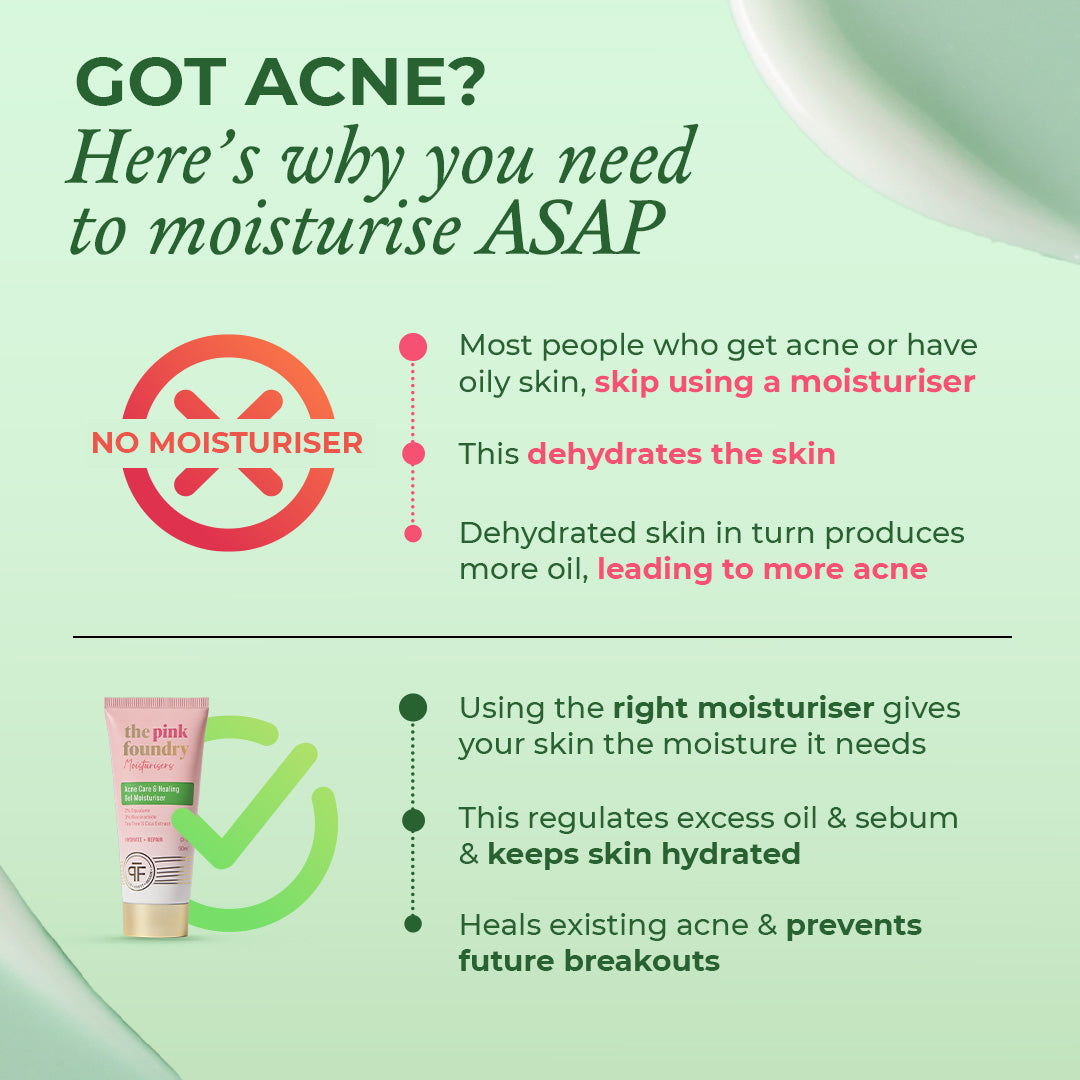
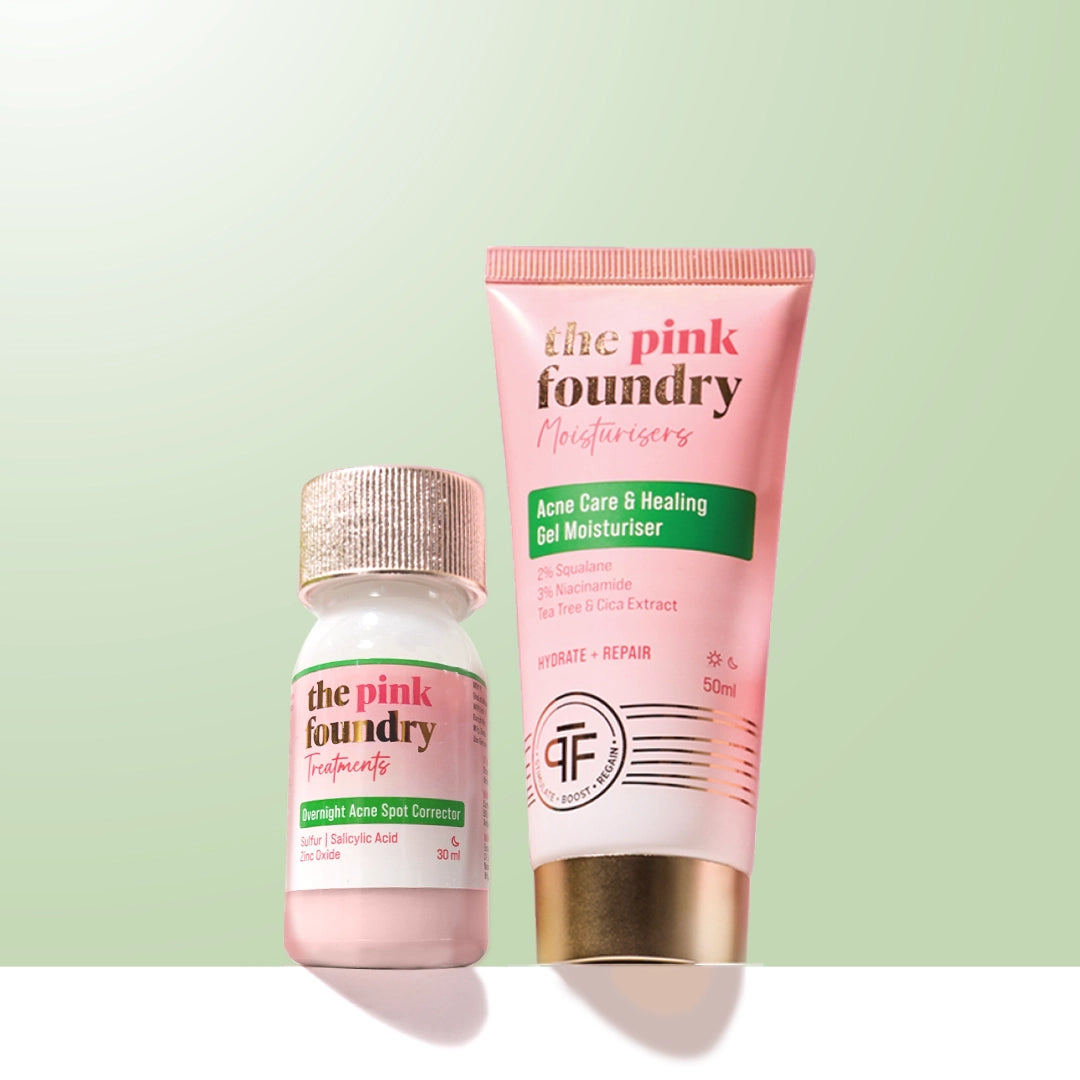
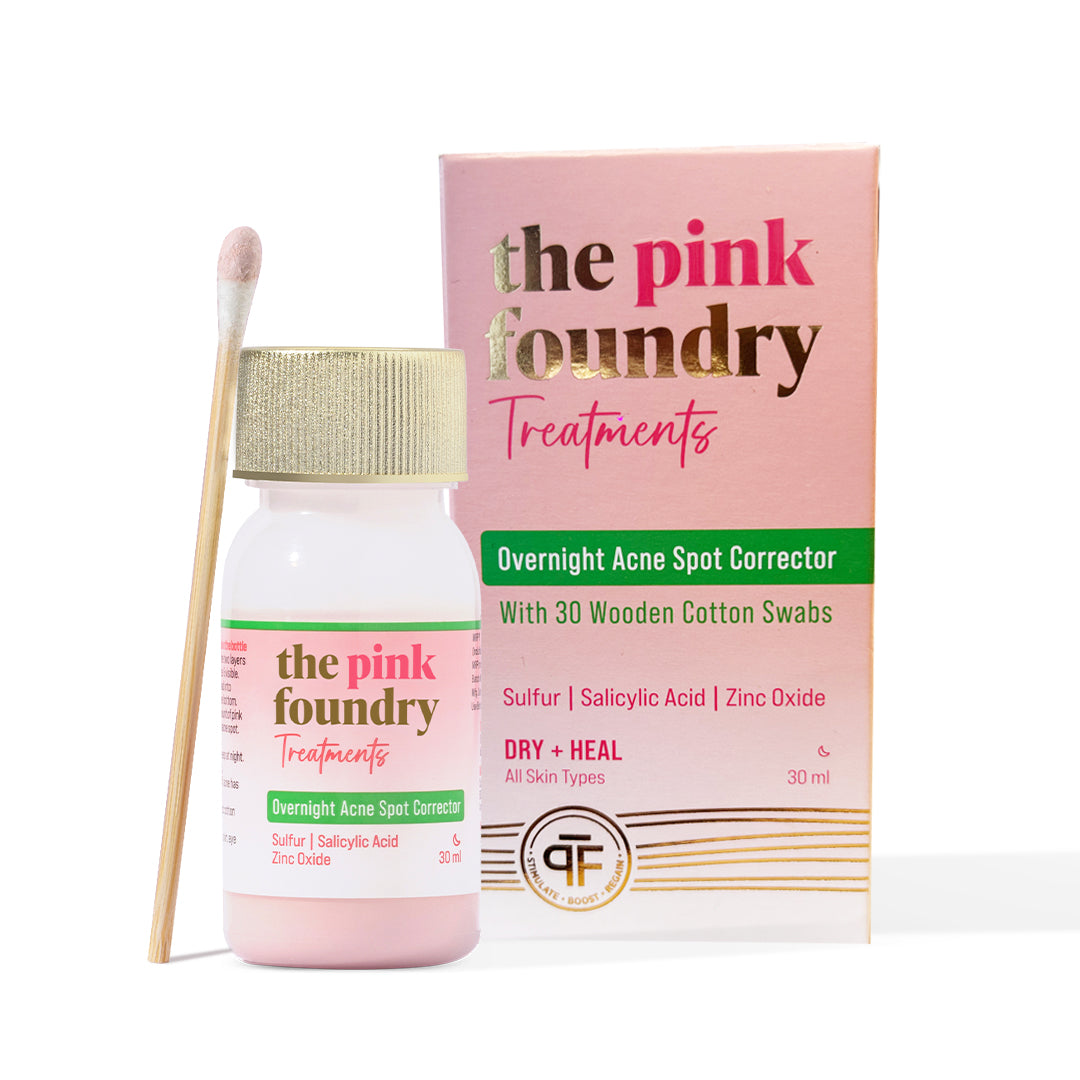
Leave a comment
This site is protected by hCaptcha and the hCaptcha Privacy Policy and Terms of Service apply.